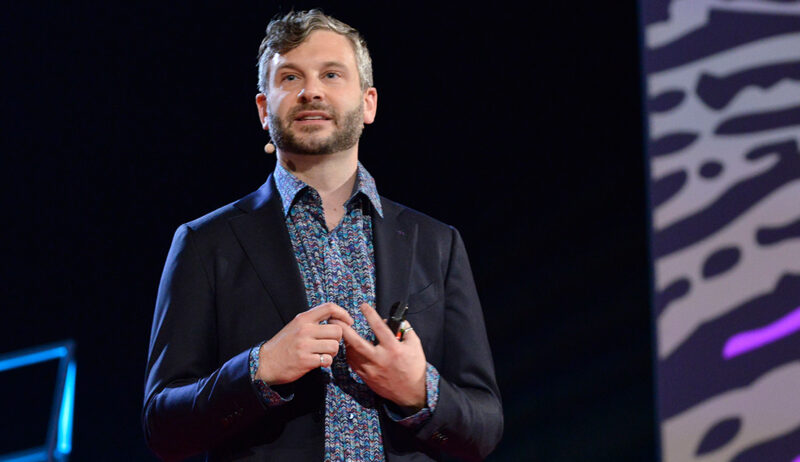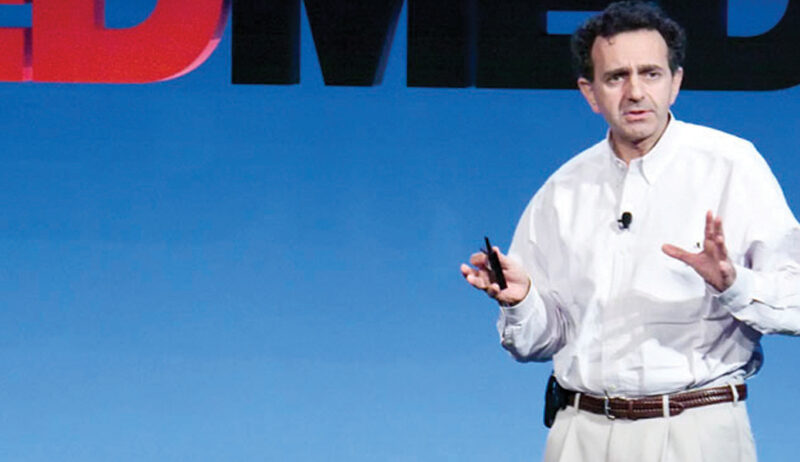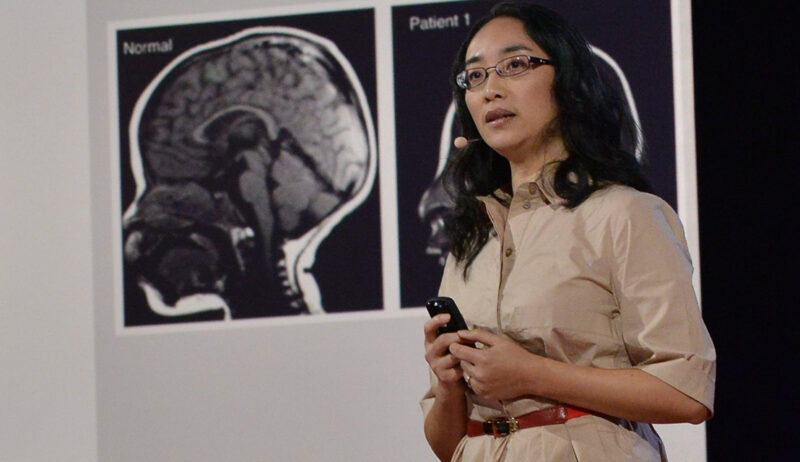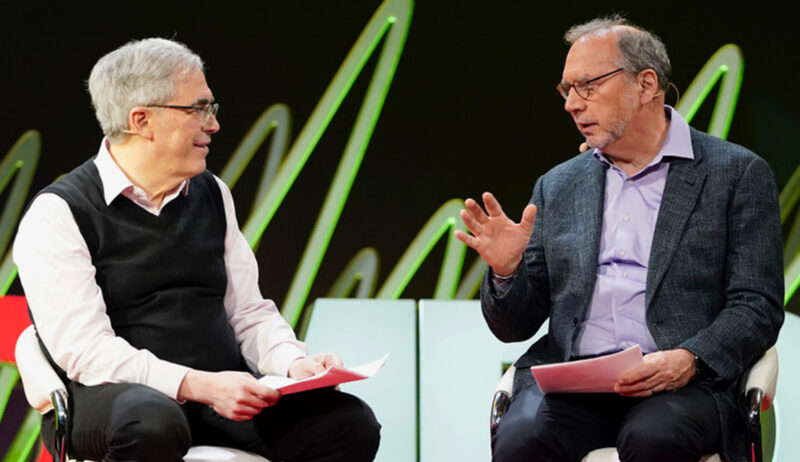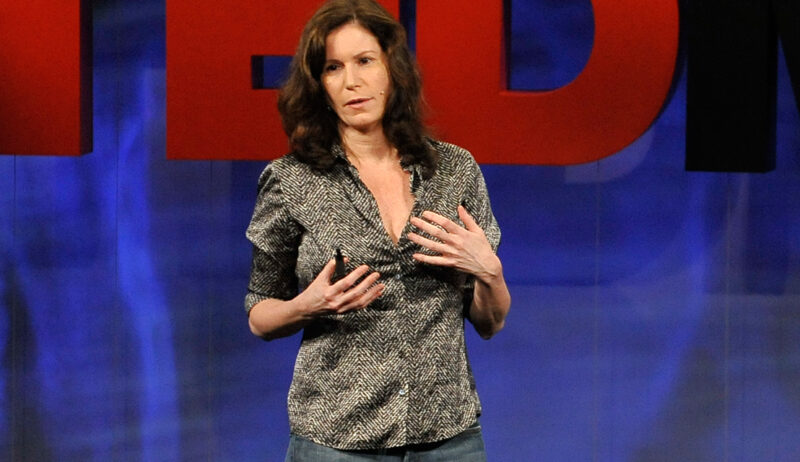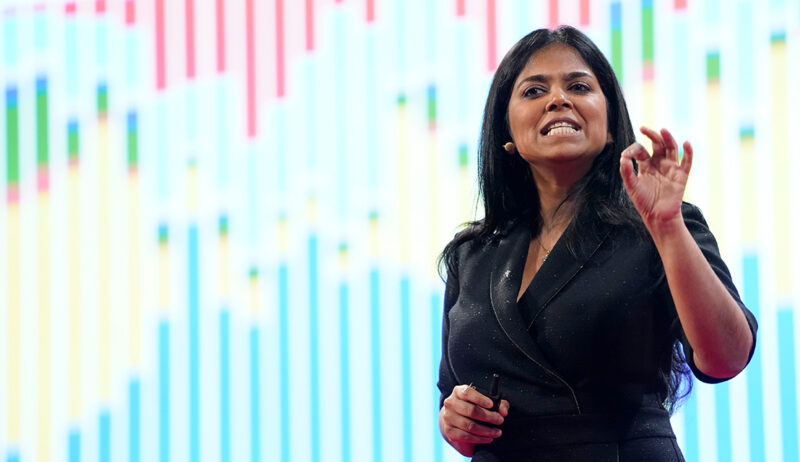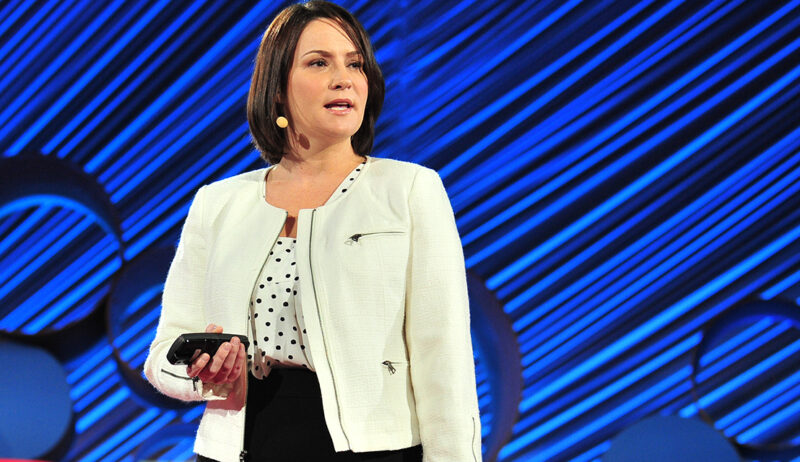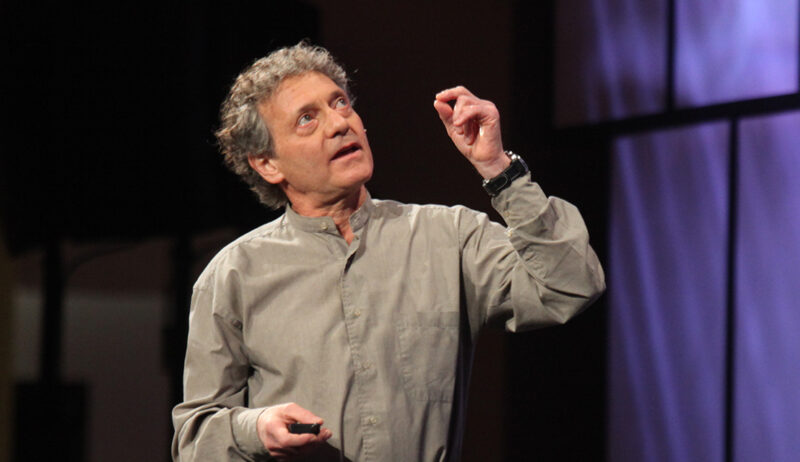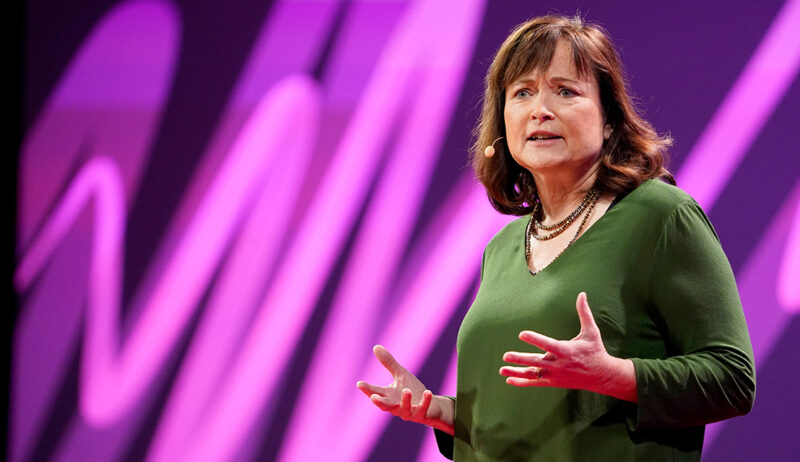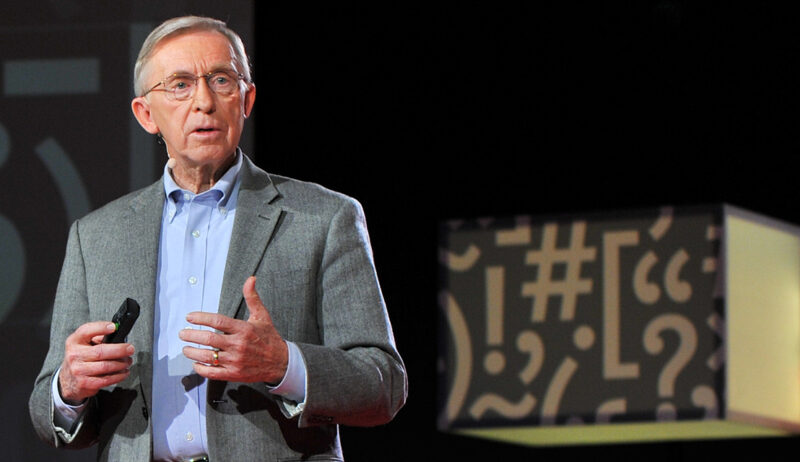About this talk
In today’s world of wearables, we have begun to receive information about our bodies in real time, and with relative ease. What if we could take this a step further to not only track our health rate or burnt calories, but to understand organ function? Extreme Miniaturization Engineer Michel Maharbiz is actively working to make this a reality. As a co-inventor of “neural dust,” Michel uses an ultrasonic interface of millimeter-scale implants to get a closer look at organs in real time. With a miniature lens into the body, we will be able to understand how our habits affect organ function on a daily basis. In doing so, we can build healthy habits, easily share our health status with providers, and make waves in the progress of preventative health care.
Using neural dust and extreme miniaturization techniques, Michel allows us to observe organs like never before. Watch his TEDMED 2020 Talk, “Using neural dust to eavesdrop on our organs,” to learn how a tiny new window into the human body could redefine the future of human health.
About Michel Maharbiz
See more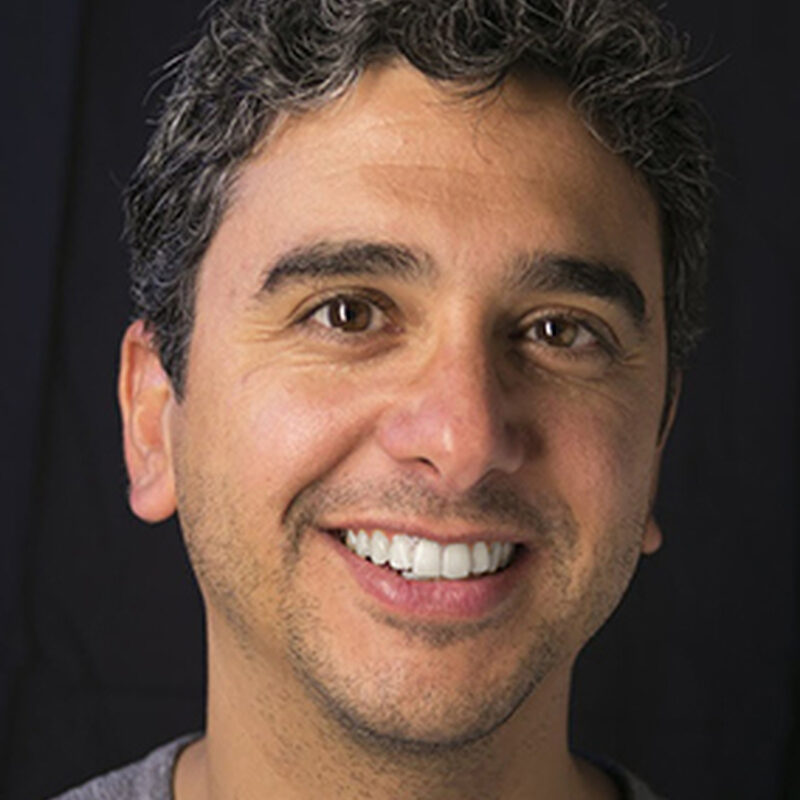
About Michel
Dr. Michel M. Maharbiz is a professor at the University of California, Berkeley, and a leading inventor in the field of bioelectronics. His work focuses on creating incredibly tiny, implantable devices that use ultrasound for communication and power. He is widely known as one of the co-inventors of “neural dust,” a revolutionary concept involving microscopic implants that can be placed in the body to monitor nerve and muscle activity. These tiny devices could one day lead to new treatments for diseases and conditions affecting the nervous system. Michel is also famous for his work on “cyborg beetles.” He and his colleagues developed the world’s first remotely radio-controlled beetles, which were a remarkable achievement in combining technology with living organisms. This invention was recognized as one of Time Magazine’s Top 50 Inventions of 2009. His research combines a deep understanding of engineering with an imaginative approach to creating new technologies that can directly interact with living things.
